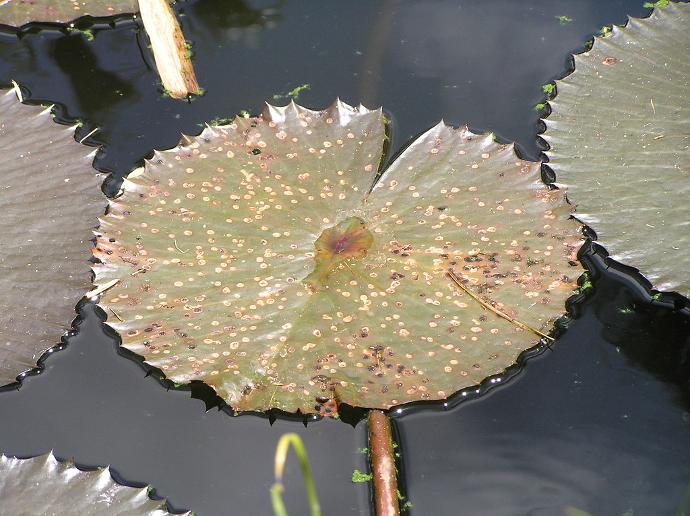Water Lily Plant
Water Lily, a type of aquatic plant, is typically grown in ponds or water features. Plant in containers with aquatic soil and provide full sun exposure. Maintain a consistent water level and fertilize during the growing season. Pruning involves removing dead or decaying leaves.
Habit
Aquatic
Height
0.6 to 1.0 m
Growth
Moderate
Soil
Well-drained, Loamy
Shade
Full Sun to partial shade
Moisture
Wet
Edible
No
Medicinal
No
Origin
Worldwide
Climatic Condition
Tropical, Subtropical
Temperature (°)
20°C to 30°C
Humidity (%)
60% to 80%
Potting media
50% Loam, 40% Sand, 10% Organic Matter
Fertilizers
Organic Fertilizer
Watering
Regular watering
Plant Weight
1 to 3 kg
Flowering Time
Summer to Fall
Soil Ph level
6.0 to 7.5
Water Ph level
6.0 to 7.0
Soil EC
0.5 to 1.0 mS/cm
Yield Per Plant
3 to 5 kg per plant
NPK ratio
10:10:10
life Span
5 to 10 years
Health Benefits
Ornamental, Medicinal
Suggested Grow Media or Potting Mix ?
50% loamy soil, 30% compost, 20% sand
Suggested Fertigation/Fertilizers
Fertilize every 4 weeks with a balanced fertilizer.
Common Diseases and Remedies
Crown rot, Leaf spot, Root rot, Bacterial soft rot.
Roots get mushy and smelly , Necrotic spots appear on the leaf.
Remove the effected part and destroy and avoid watering.
Thiram or benomyl can be sprayed . Thiophanate methyl, chlorothalonil, ferbam, and mancozeb.
HEALTH BENEFITS
1. May help reduce inflammation: Water lily's antioxidants and other compounds may help reduce inflammation and improve overall health.
2. May have antimicrobial properties: Water lily may have antimicrobial properties that can help prevent infections.
3. May help improve respiratory health: Water lily's antioxidants and other compounds may also help improve respiratory health.
What Is An Water lily Tree?
Water lilies are amphibian plants known for their dazzling excellence and tranquil presence in lakes and lakes. They have a place with the family Nymphaeaceae and are described by their enormous, round leaves that float on the water's surface and their energetic, fragrant blossoms. The leaves are frequently alluded to as lily cushions and can fluctuate in size from a couple crawls to a few feet in width, contingent upon the species.
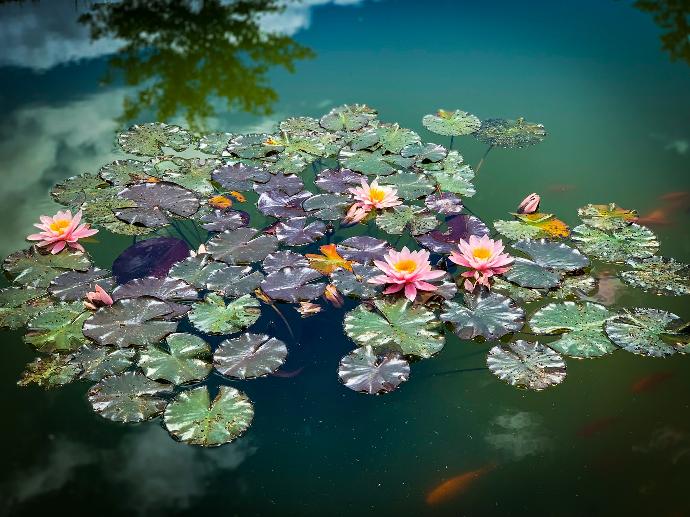
What Are The Different Types Of water lily Plants?
1. Hardy Water Lilies (Nymphaea)
These are the most widely recognized sort of water lilies and are appropriate for mild environments. They are known for their strong nature, having the option to endure colder temperatures contrasted with tropical water lilies. Strong water lilies come in different tones, including white, pink, yellow, and red, and they are accessible in various sizes, from little to huge assortments.
2. Tropical Water Lilies (Nymphaea spp.)
As the name recommends, tropical water lilies flourish in hotter environments and are not as open minded toward cold temperatures as tough water lilies. They are known for their energetic varieties and bigger, more extraordinary looking blossoms. Tropical water lilies are accessible in a large number of varieties, including blue, purple, and, surprisingly, multi-shaded assortments.
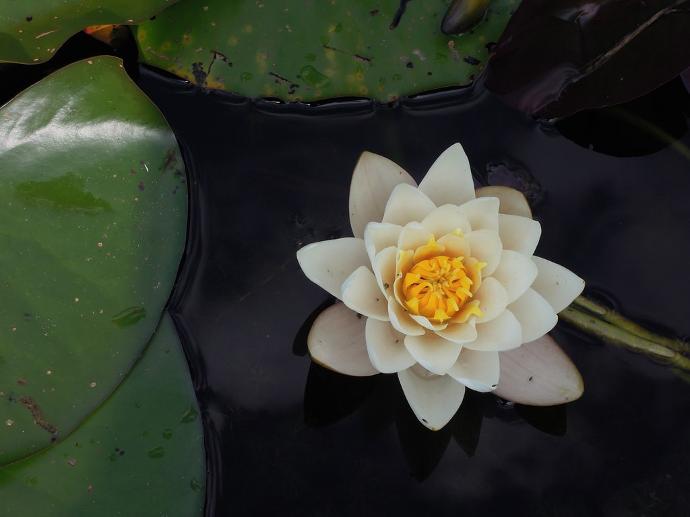
How to Care water lily Plant ?
1. Location
Most water lilies favor a water profundity of around 18 to 24 inches (45-60 cm). A few little assortments can flourish in shallower water, while bigger assortments could require further water.
2. Sunshine
Water lilies require a lot of daylight to flourish and blossom. They ought to preferably get no less than 6 hours of direct daylight day to day. In regions with extremely warm summers, giving some shade during the most sizzling piece of the day can be helpful to keep the leaves from searing. Generally, sufficient daylight is vital for the wellbeing and blooming of water lilies.
3. Soil
Water lilies don't fill in soil in the customary sense. All things considered, they are regularly established in exceptional compartments loaded up with a weighty topsoil soil or earth soil blend. The dirt ought to be sufficiently weighty to keep the compartment from drifting and shouldn't contain any natural matter that could deteriorate and contaminate the water. A typical blend for water lilies is a balance of soil and mud soil, with an additional compost tabs or oceanic plant manure to give supplements. This dirt blend gives security to the plant's foundations and takes into consideration legitimate development and blossoming.
4. Hydration
Water lilies are oceanic plants and require consistent hydration. They ought to be established in holders that are lowered in water, with the outer layer of the dirt around 6-18 inches (15-45 cm) underneath the water's surface, contingent upon the assortment. The water level ought to be kept up with so the leaves float on a superficial level and the blossoms arise over the water. It's vital to utilize non-chlorinated water, as chlorine can hurt the plants. Water or water treated with a dechlorinator is suggested. Water lilies are likewise delicate to water development, so they ought to be put where the water is quiet to try not to harm their fragile leaves and blossoms.
5. Nourishment
Water lilies benefit from ordinary preparation, particularly during the developing season. Particular oceanic plant composts or manure tabs planned explicitly for water lilies can be utilized. These ought to be put in the dirt around the underlying foundations of the plant as per the maker's directions.
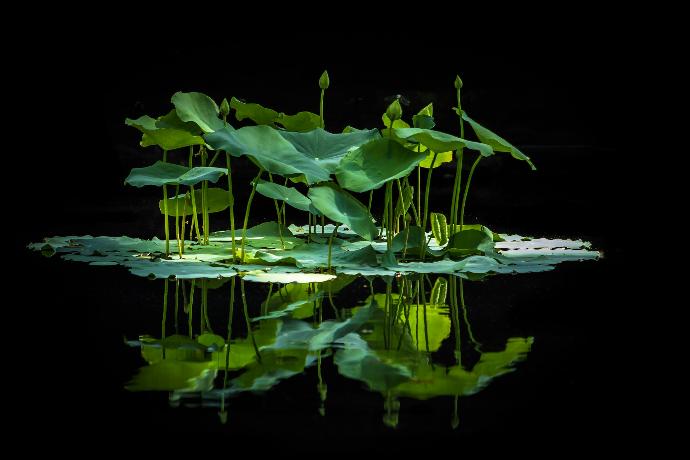
6.Issues
1. *Pests*: Normal nuisances that can influence water lilies incorporate aphids, bug parasites, and water lily leaf insects. These nuisances can harm the leaves and blossoms of the plant. Standard assessment and treatment with suitable insecticidal cleanser or pesticide can assist with controlling these nuisances.
2. *Disease*: Water lilies can be impacted by different contagious and bacterial sicknesses, for example, crown decay, leaf spot, and fine buildup. These infections can cause staining, withering, and rot of leaves and blossoms. Great water quality and legitimate cleanliness, like eliminating dead plant material, can assist with forestalling sickness.
What are the Benefits of Water Lily Plant ?
Water lilies offer a few advantages, both tasteful and useful, settling on them well known decisions for water nurseries and lakes. A portion of the key advantages include:
1. *Aesthetic Appeal*: Water lilies are known for their dazzling excellence and rich appearance. Their lively blossoms and rich green cushions add a dash of excellence and serenity to any water include.
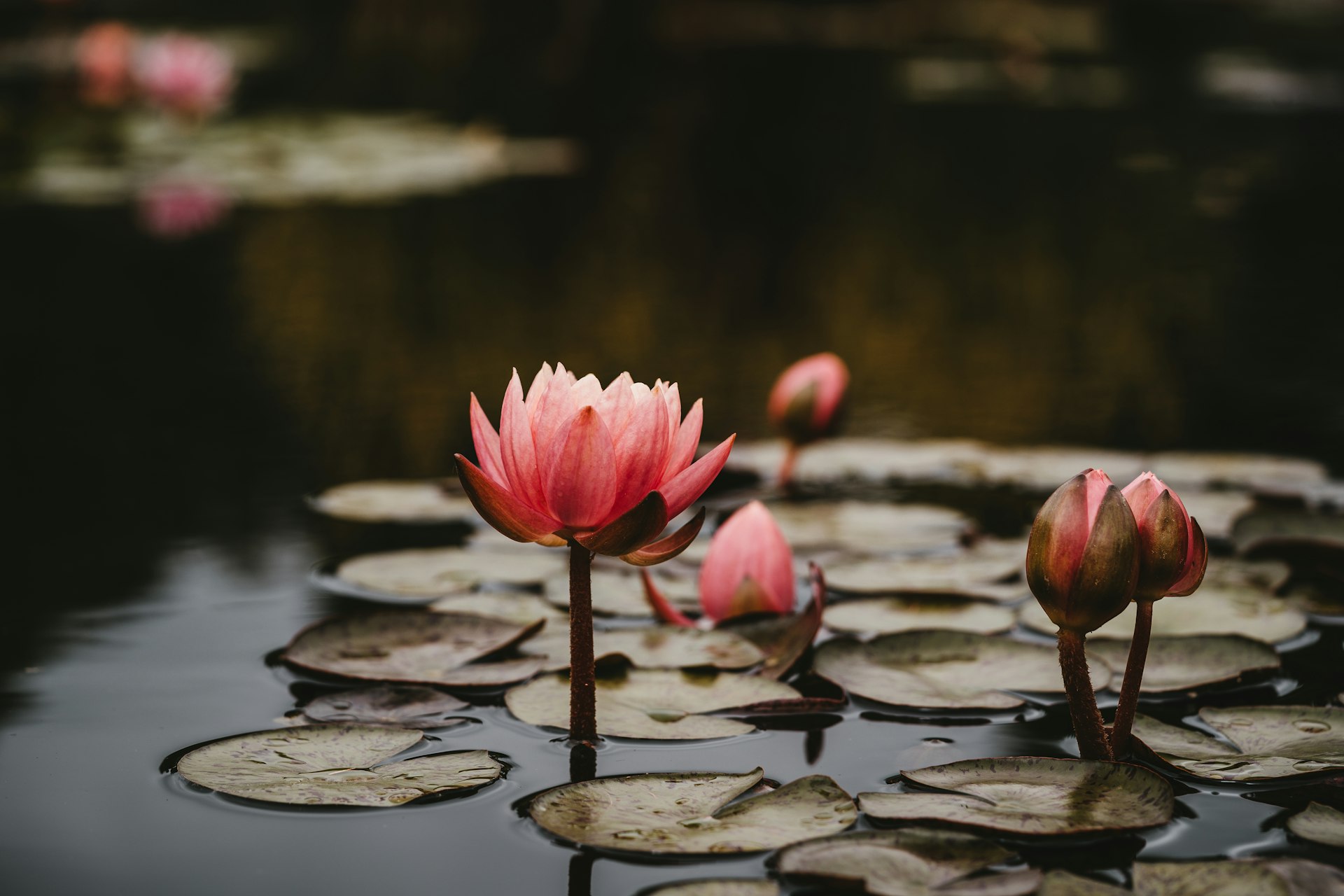
FAQs About Growing Water lily
1. how to keep up with water lily plant?
Screen and keep up with great water quality in your lake or water garden. This incorporates customary testing for pH, alkali, nitrites, and nitrates, and guaranteeing appropriate filtration and air circulation.
2. what are the uses of water lily plant?
Water lilies are primarily grown for their stunning beauty and are commonly used in water gardens, ponds, and aquatic landscapes to add color, texture, and elegance.
3. can I grow water lily plant indoor?
Use a large container (at least 16-20 inches in diameter) to plant your water lily. The container should be deep enough to accommodate the plant's roots and allow for proper growth.
4. which pot is best for growing water lily plant?
Choose a pot that is at least 16-20 inches in diameter and 10-12 inches deep. This will allow ample space for the water lily's roots to grow and spread.
5. from where can I shop water lily plant?
Visit your local garden centers or nurseries, especially those that specialize in aquatic plants. They often carry a variety of water lily plants suited for your region.
